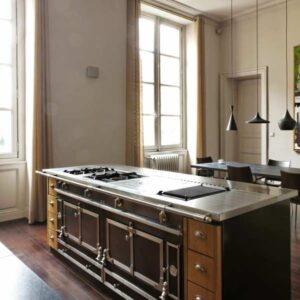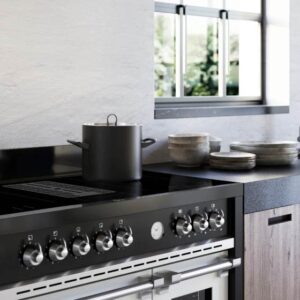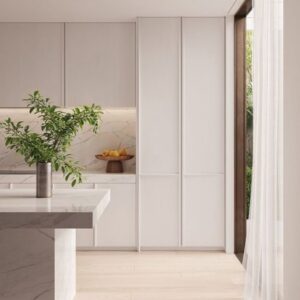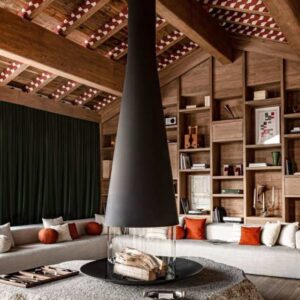Eco interior design: what is it? What are its rules? How to bring it into your interior design?
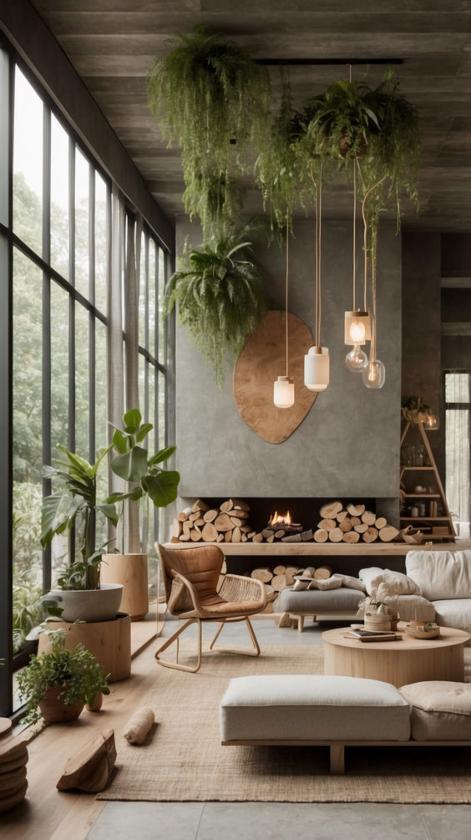
Eco interior design responds to the need, felt by an increasing number of people, to create a sustainable lifestyle with a low environmental impact.
This trend is so strong that it is expressly referred to as ecodesign, to indicate the design of eco-friendly interior furniture.
What are the characteristics of rooms that follow eco interior design?
Rooms furnished according to the principles of eco interior design are distinguished by their general focus on environmental friendliness. This kind of interior design is the result of a holistic approach that seeks to balance aesthetics and ecology.
Eco-designed home and work spaces are warm and cosy, thanks to the balance achieved by using natural materials and sustainable furniture solutions.
The main elements that can be used to create an elegant and sustainable interior design are:
- Wood. This material is a recurring element in ecological environments. In eco-design projects, wood from sustainably managed forests is preferred, either left untreated or treated with non-toxic paints that enhance the natural grain and tone.
- Recycled materials. One of the key principles of ecodesign is to reduce the environmental impact of furniture choices. For this reason, recycled materials such as glass, regenerated plastic, recycled paper and metal are used whenever possible. These materials are used in a variety of applications, from floor and wall coverings to the creation of unique and original furniture.
- Plants and flowers. The presence of plants and flowers is a fundamental element in any eco interior design project. In addition to purifying the air, plants create a relaxing atmosphere and bring a touch of green into the interior of spaces that reinforces the connection and relationship with the outside world.
- Natural fabrics. Fabrics used in ecological rooms are predominantly made of plant fibres, such as cotton, linen and hemp. These fabrics are used for tablecloths, curtains, carpets and textiles in general. In addition to their appearance, these materials are appreciated because they are breathable, hypoallergenic and biodegradable, thus ensuring optimal comfort and low environmental impact.
- Bamboo and cork. These two materials are highly valued in eco interior design for their aesthetic appearance, durability and properties. Bamboo is a very durable and versatile material, while cork is an excellent insulator and resists moisture very well.
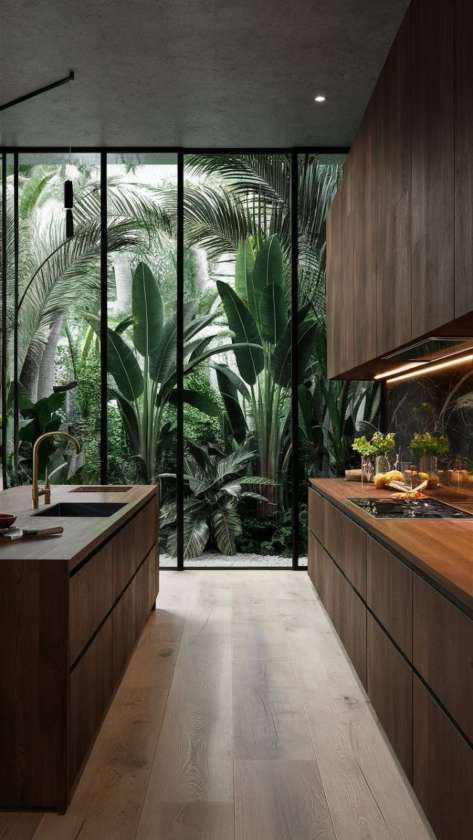
How to design an environment following the rules of eco interior design?
Designing an eco-designed environment means taking a journey to discover natural materials, innovative solutions and conscious choices. Every element in the home, from furniture to furnishings and decorations, must be chosen carefully to create a space that is not only beautiful to look at, but also environmentally friendly and sustainable.
When choosing furniture, it is important to consider the origin of the materials from which it is made, where it comes from and how it has been processed. Furniture made of FSC-certified wood, linen or organic cotton textiles, water-based paints and recycled materials are just some of the possibilities to keep in mind if you want to comply with eco-design principles.
When planning ecological interior design, certifications such as those attesting to the environmental and social sustainability of products play a central role. Having the certainty that the materials or products chosen for the furniture comply with precise international standards guarantees the goodness of one’s choice.
The furnishing styles from which to take inspiration for an environment designed according to the rules of eco interior design
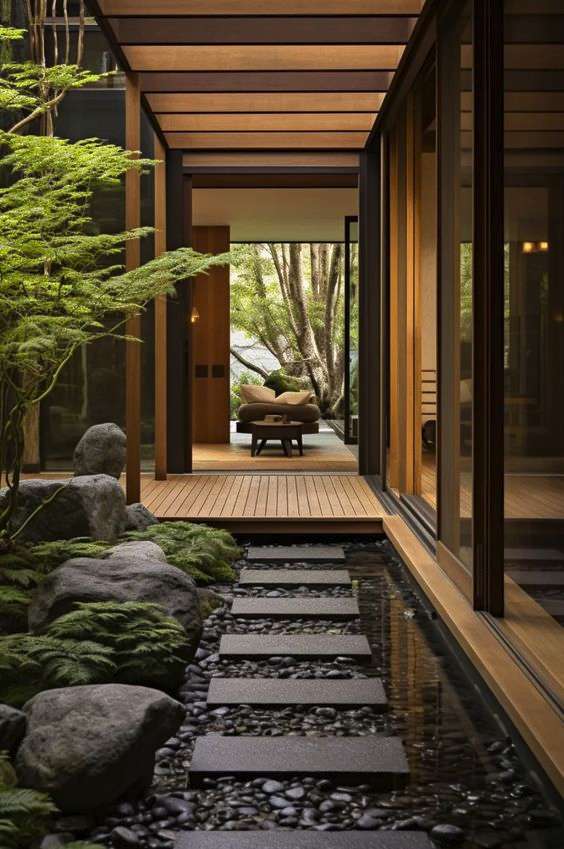
To personalise your eco interior design project, you can draw from a variety of furnishing styles that focus on nature, simplicity and sustainability. Some of the best known styles are:
- Scandinavian style. Known for its focus on functionality and minimal aesthetics, this style fits perfectly with the principles of eco-design. Rooms furnished in the Scandinavian style are characterised by the use of materials such as wood, wool and cotton, the prevalence of light colours, the focus on natural light and the presence of plants and flowers or green elements.
- Wabi-Sabi style. Originating in Japan, Wabi-Sabi celebrates the beauty of imperfection. This style emphasises natural materials, signs of time and craftsmanship, creating unique and authentic environments through the use of raw wood, natural fabrics and vintage objects.
- Boho-chic style. Eclectic and colourful, this style combines elements from different cultures. In an eco-design perspective, it is perfect for the use of natural fabrics, cushions and carpets, plants and handmade or salvaged objects.
- Industrial style. The industrial style , characterised by the recovery of disused spaces and the use of raw or recycled materials can also be revisited from an ecological perspective.
In order to decide what imprint to give to your eco interior design project, you must take into account your personal taste and the characteristics of the environment to be furnished. The creative possibilities offered by eco-design are many and, by experimenting with different styles and materials, you can always create an environment that is both original, cosy and pleasant to live in.
Choose a top-notch woodworking shop.
We have over 50 years of experience!
Contact us!
Il Piccolo, second generation family-run carpentry shop, opens its showroom in Lugano. With over 50 years of experience, Il Piccolo brings with it a wealth of technical and design knowledge of the highest level, thanks to the many interiors designed and furnished all over the world. In addition, Il Piccolo represents the most prestigious brands of furniture worldwide. Il Piccolo designs, manufactures and sells the best of interior design made in Italy, following the customer from design to implementation, delivery and installation of the work, integrating the process with a precise and professional service. CONTACT US!
